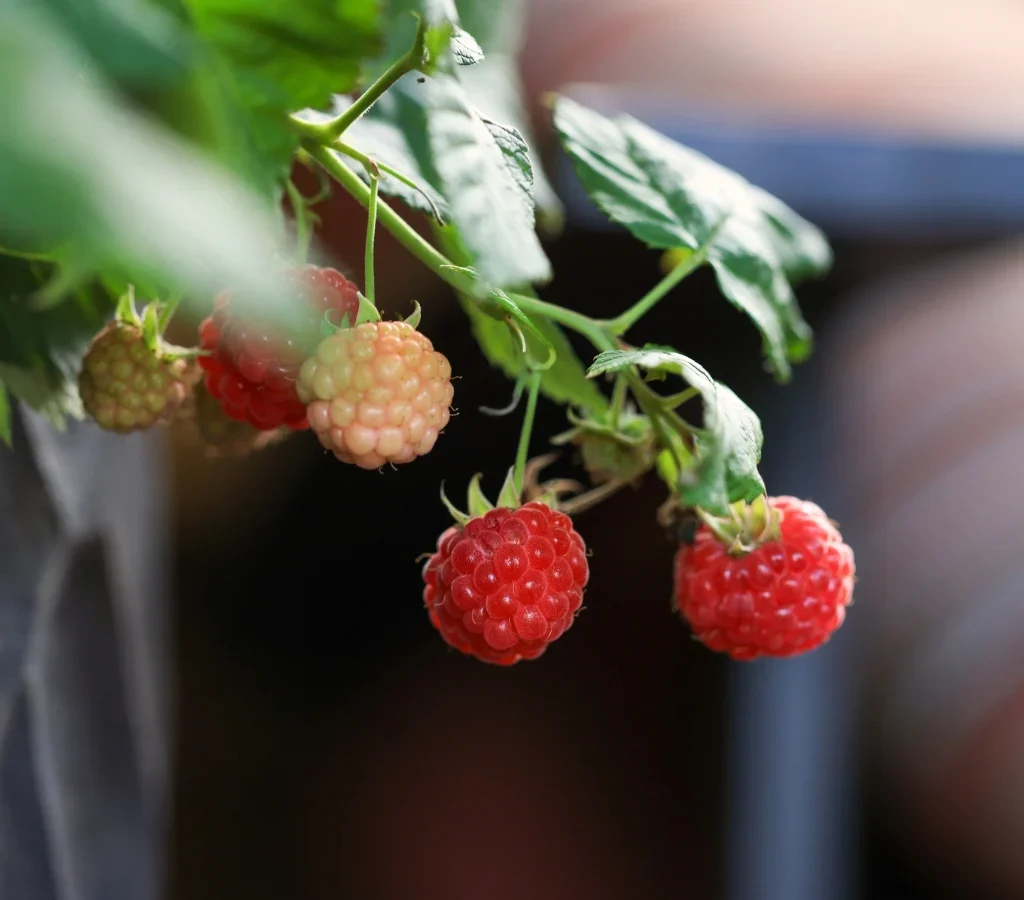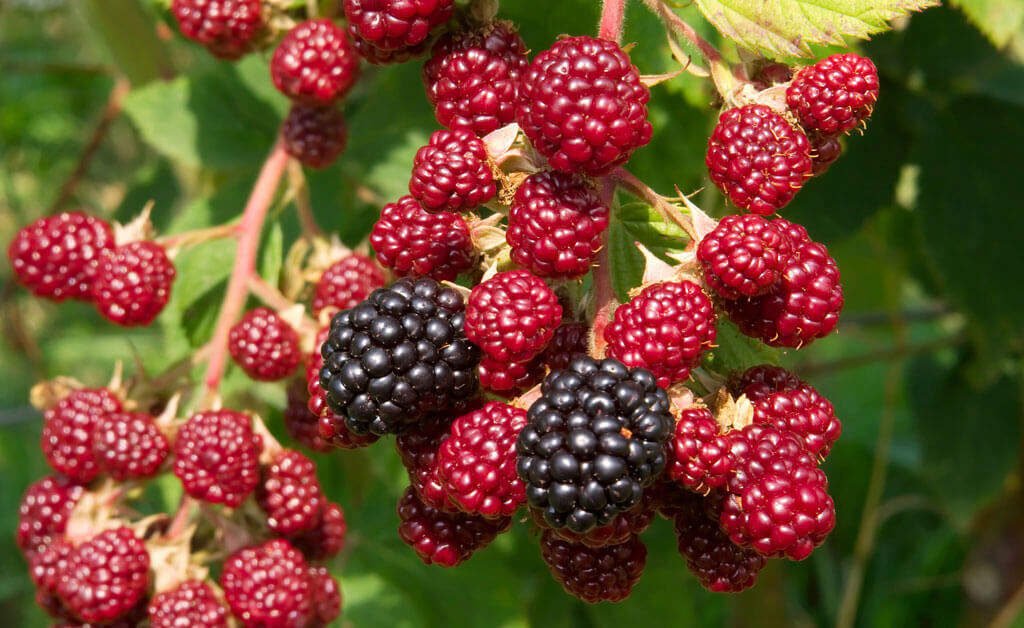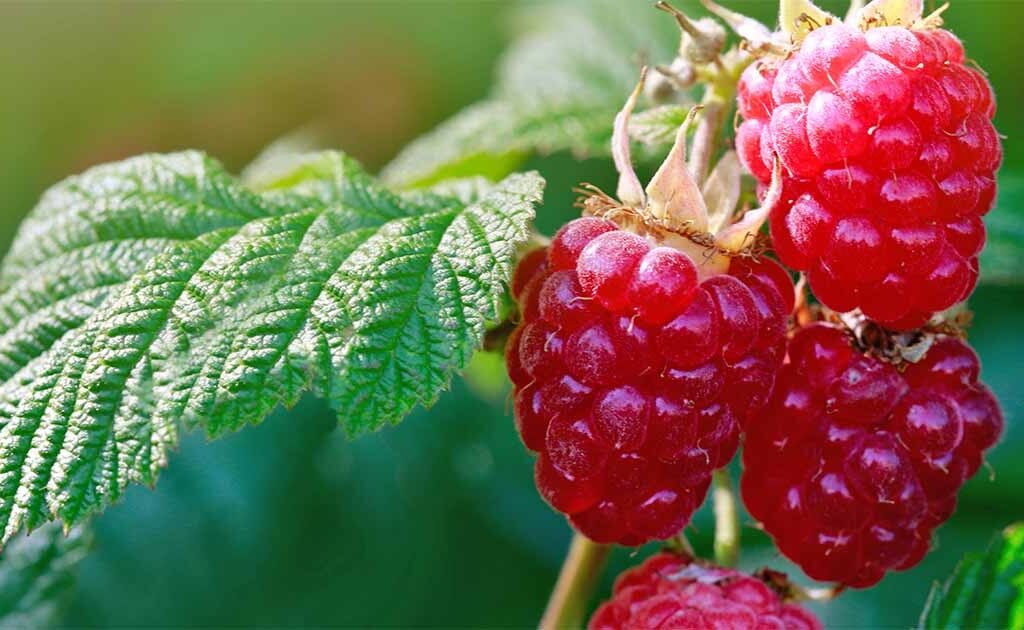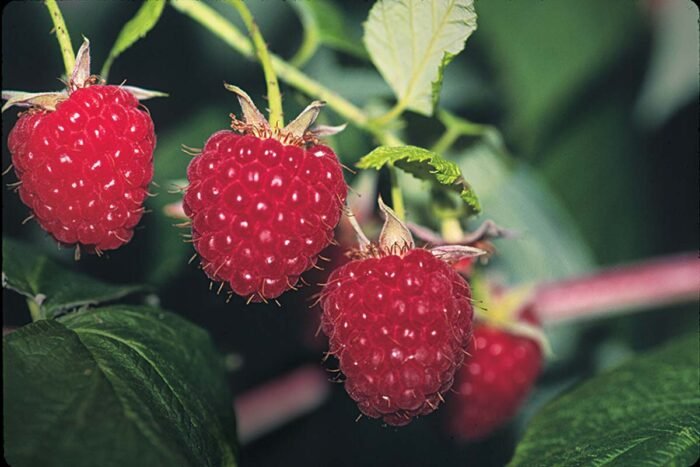Raspberries are among the most rewarding fruits you can grow at home. Sweet, tangy, and bursting with antioxidants, they can be enjoyed fresh off the cane, baked into pies, or preserved as jams. What makes raspberries particularly appealing for gardeners is their high yield, perennial growth, and ability to thrive in many climates. With the right care, a raspberry patch can keep producing juicy harvests for 10–15 years.
This guide provides step-by-step instructions on planting, caring for, and maintaining raspberries to ensure healthy plants and bountiful harvests season after season.
Understanding Raspberries

Before planting, it helps to know the two main types of raspberries:
- Summer-bearing raspberries
- Produce a single large crop in early to mid-summer.
- Bear fruit on second-year canes (floricanes).
- Ever-bearing (or fall-bearing) raspberries
- Produce two harvests: one smaller crop in early summer and a larger one in late summer to fall.
- Fruit on first-year canes (primocanes).
Choosing between these depends on your goals. If you want one big harvest for preserving, summer-bearing is ideal. If you prefer steady fresh fruit throughout the season, ever-bearing is the better choice.
Selecting the Right Site

Raspberries love full sun and well-draining soil. The location you choose will impact your harvest for years to come.
- Sunlight: At least 6–8 hours of direct sunlight daily.
- Soil: Slightly acidic (pH 5.5–6.5), rich in organic matter, and well-drained.
- Avoid: Low spots where water collects, as raspberries dislike “wet feet.”
Tip: If your soil is heavy clay, consider planting raspberries in raised beds to improve drainage.
Preparing the Soil
- Test your soil’s pH and adjust if necessary using lime (to raise pH) or sulfur (to lower pH).
- Incorporate plenty of organic matter like compost or well-rotted manure.
- Till the soil to a depth of 12–18 inches to loosen it for root establishment.
Healthy soil sets the foundation for strong canes and abundant berries.
Planting Raspberries

When to Plant
- Spring: The best time in most regions, once soil is workable but before canes start active growth.
- Fall: Possible in mild climates, giving roots time to establish before winter.
How to Plant
- Space plants 2–3 feet apart within rows, with rows 6–8 feet apart for easy access.
- Dig a hole wide enough to spread the roots without crowding.
- Place the plant so the crown is just above the soil surface.
- Backfill with soil, firming it gently.
- Water thoroughly after planting.
Tip: Soak bare-root plants in water for an hour before planting to prevent root shock.
Supporting Raspberry Canes
Raspberry canes grow tall and benefit from support systems like trellises.
- T-trellis system: Posts with wires at 2 and 4 feet high to hold canes upright.
- Simple fence system: String twine between stakes on either side of the row.
This prevents canes from sprawling, improves airflow, reduces disease, and makes harvesting easier.
Watering and Mulching

- Watering: Raspberries need about 1–2 inches of water per week, especially during fruiting. Drip irrigation is ideal to avoid wetting foliage.
- Mulching: Apply a 2–3 inch layer of straw, wood chips, or leaves around plants. Mulch retains soil moisture, suppresses weeds, and keeps roots cool.
Fertilizing Raspberries
Raspberries are heavy feeders and benefit from annual fertilization.
- Spring: Apply a balanced fertilizer (10-10-10) before new growth starts.
- Summer: Side-dress with compost or organic fertilizer after fruiting.
- Avoid: Over-fertilizing with nitrogen, which encourages leafy growth but reduces berries.
Pruning Raspberries

Pruning is critical for maximizing harvests and keeping canes healthy.
Summer-bearing varieties
- After harvest, cut spent floricanes (second-year canes) down to the ground.
- Leave new primocanes to grow for next year’s crop.
Ever-bearing varieties
- For two crops: Cut spent floricanes after summer harvest; leave primocanes for fall fruiting.
- For one large fall crop: Cut all canes to the ground in late winter.
Tip: Thin canes in spring to about 4–6 strong canes per foot to improve air circulation and berry size.
Managing Pests and Diseases
Raspberries are prone to a few common issues, but prevention helps keep them healthy.
- Aphids: Control with insecticidal soap or by encouraging ladybugs.
- Spider mites: Keep plants well-watered and spray with neem oil if necessary.
- Cane borers: Prune and destroy infested canes.
- Fungal diseases (like botrytis or powdery mildew): Improve air circulation, water at soil level, and use fungicidal sprays if needed.
Crop rotation and proper pruning also help minimize disease risks.
Harvesting Raspberries
- Timing: Raspberries are ready when they turn fully colored and detach easily from the receptacle.
- Harvest window: Every 2–3 days during peak season.
- Best time: In the morning, after dew has dried but before the day gets too hot.
Handle raspberries gently—they are delicate and bruise easily. Store them in shallow containers to prevent crushing.
Storing and Using Raspberries
Fresh raspberries last only a few days in the refrigerator, so use them quickly.
- Freezing: Spread berries in a single layer on a tray, freeze, then transfer to bags.
- Preserving: Raspberries make excellent jams, jellies, and sauces.
- Drying: Dehydrate for snacks or to add to baked goods.
Long-Term Care of Raspberry Patches
Raspberry plants can produce for over a decade with proper care.
- Rejuvenation: Every 8–10 years, consider starting a new patch in a different location to avoid soil-borne diseases.
- Weed control: Keep the patch weed-free, as weeds compete for nutrients and water.
- Winter protection: In colder regions, mulch heavily around the base to protect roots.
Conclusion
Growing raspberries at home is an immensely rewarding endeavor. With the right site, proper planting techniques, and ongoing care through watering, mulching, fertilizing, and pruning, you can enjoy baskets of fresh, juicy raspberries every season. While they require some maintenance, raspberries are generous producers that will repay your efforts with abundant fruit year after year.
Whether you prefer a burst of berries in summer or steady harvests through fall, raspberries are a versatile fruit that deserves a place in any garden. With patience and care, your raspberry patch will become a reliable source of delicious, nutrient-rich fruit for your household.





